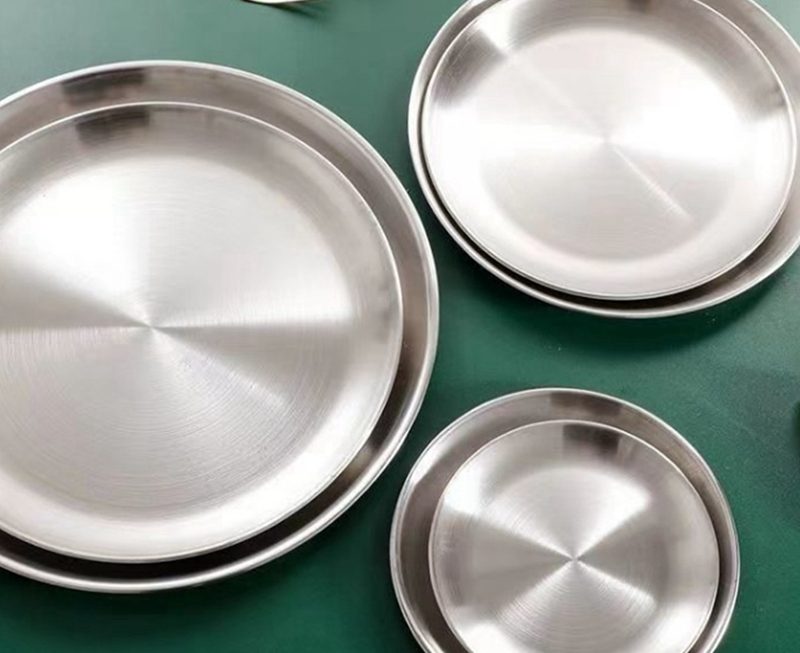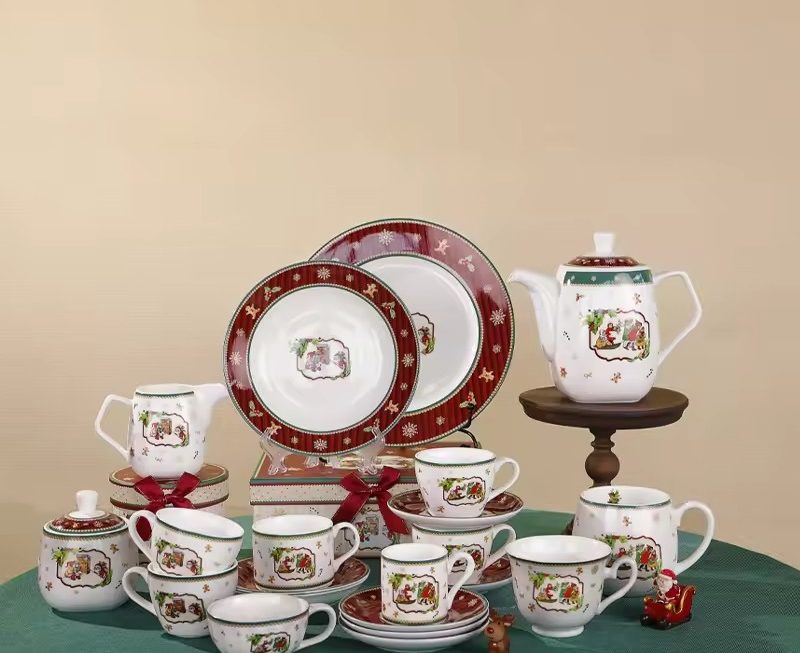 Introduction:
Introduction:
Experiencing a foul odor emanating from your kitchen sink can be unpleasant and concerning. Understanding the causes of a smelly kitchen sink is essential for identifying and addressing the underlying issue. In this comprehensive guide, we will explore the common reasons why kitchen sinks develop odors. From food residues to plumbing problems, we will delve into the various causes and provide tips to eliminate the unpleasant smell. By understanding these factors, you can maintain a fresh and clean kitchen environment.
 Introduction to Kitchen Sink Odors
Introduction to Kitchen Sink Odors
Unpleasant smells from the kitchen sink can be caused by a buildup of organic matter or underlying plumbing issues.
A. Importance of Addressing Odors: Foul odors not only create an uncomfortable atmosphere but can also indicate a potential hygiene or plumbing problem.
B. Common Offenders: Food remnants, grease buildup, clogged pipes, or bacterial growth may contribute to kitchen sink odors.
Food Residue and Organic Matter
Food residue and organic matter that accumulate in the kitchen sink can be a significant cause of unpleasant odors.
A. Improper Disposal: Food scraps that are not properly disposed of, such as being rinsed down the sink, can decompose and produce odor-causing bacteria.
B. Clogged Drains: Accumulated food particles can block the sink drain, leading to stagnant water and foul smells.
 Grease and Fat Buildup
Grease and Fat Buildup
Grease and fat from cooking can accumulate in the kitchen sink, leading to unpleasant odors.
A. Improper Grease Disposal: Pouring grease or fat down the sink can cause it to solidify and accumulate in the pipes, creating a breeding ground for bacteria and emitting foul odors.
B. Insufficient Cleaning: Neglecting regular cleaning of the sink and drain can allow grease and fat buildup to persist, resulting in persistent odors.
Plumbing Issues
Underlying plumbing issues can contribute to kitchen sink odors.
A. P-Traps: The P-trap, a curved section of pipe located beneath the sink, can accumulate debris and become a breeding ground for bacteria, resulting in unpleasant smells.
B. Ventilation Problems: Inadequate or poorly maintained plumbing vents can lead to sewer gas being pushed back into the kitchen, causing foul odors.
Eliminating Kitchen Sink Odors
There are several steps you can take to eliminate odors emanating from the kitchen sink.
A. Routine Cleaning: Regularly clean the sink, drain, and P-trap using a mixture of baking soda and vinegar or enzyme-based cleaners to break down organic matter and bacteria.
B. Proper Disposal: Dispose of food scraps in a compost bin or garbage can instead of rinsing them down the sink.
C. Hot Water Flushing: Run hot water down the sink after each use to help dissolve grease buildup and flush away food particles.
D. Using a Garbage Disposal: If you have a garbage disposal, use it properly by running cold water and cutting up food into small pieces before disposing of it.
E. Plumbing Maintenance: Periodically check and clean the P-trap, ensure proper ventilation, and address plumbing issues promptly to prevent odors.
 Seeking Professional Help
Seeking Professional Help
If the kitchen sink odor persists despite taking preventive measures, it may be necessary to seek professional assistance.
A. Plumbers: Contact a licensed plumber to inspect and address any underlying plumbing issues that may be causing the persistent odor.
Some factors to consider when pairing a kitchen sink with a faucet:
The combination of a kitchen sink and faucet is an important consideration in both functionality and aesthetics in kitchen design. Here are some factors to consider when pairing a kitchen sink with a faucet:
Sink Size and Configuration:
The size and configuration of the kitchen sink will determine the type of faucet that can be installed effectively. For example, a double-bowl sink may require a faucet with a longer spout reach to effectively reach both bowls. Consider the depth, width, and shape of the sink when selecting a suitable faucet.
Mounting Style:
There are different mounting styles for faucets, such as deck-mounted, wall-mounted, or sink-mounted. Ensure that the faucet you choose matches the mounting style compatible with the sink you have or plan to install.
Sink Material and Finish:
Consider the material and finish of the kitchen sink when selecting a faucet. A cohesive look can be achieved by matching the finishes or complementary colors between the sink and faucet. Popular finishes for faucets include chrome, stainless steel, brushed nickel, and bronze.
Faucet Style and Functionality:
Choose a faucet style that complements the overall design theme of the kitchen. Options range from traditional to modern, with different handle types (single handle, double handle) and spout styles (pull-down, pull-out, swivel, fixed). Consider the desired features and functionality of the faucet, such as spray options, water filtration compatibility, or touchless activation.
Practicality and Convenience:
Ensure that the faucet paired with the kitchen sink provides the necessary water flow rate and pressure required for your daily tasks. Consider the height and swivel range of the faucet for ease of use, particularly when dealing with larger pots and dishes.
Quality and Warranty:
Invest in a reputable brand or manufacturer that offers a warranty for the faucet. This ensures that the faucet is of good quality and provides peace of mind in case of any defects or issues down the line.
Ultimately, the combination of a kitchen sink and faucet should not only be visually appealing but also meet your functional needs and preferences. Consider the factors mentioned above to achieve a well-coordinated and efficient kitchen setup.
Some important tips for the daily maintenance and care of a kitchen sink:
Regular Cleaning: Clean the sink regularly with mild dish soap and warm water. Use a soft sponge or cloth to scrub the sink, paying attention to any stains or residue. Rinse thoroughly and dry with a clean cloth to prevent water spots and mineral buildup.
Avoid Abrasive Cleaners: Avoid using harsh or abrasive cleaners, like bleach or scouring powders, as they can scratch or damage the sink’s surface. Instead, opt for non-abrasive cleaners specifically designed for the material of your sink, such as stainless steel cleaner for a stainless steel sink.
Prevent Stains and Discoloration: To avoid stains and discoloration, promptly clean any spills or acidic substances, like vinegar or citrus juices, that may come into contact with the sink. These substances can cause dullness, etching, or staining on certain sink materials like cast iron or composite granite.
Protect the Sink from Scratches: Use sink grids or mats to protect the sink’s surface from scratches caused by pots, pans, or utensils. When washing dishes, avoid dropping heavy or sharp objects directly into the sink, as they can cause chips or scratches.
Unclog Drain Regularly: To prevent clogged drains, use a drain strainer or stopper to catch food particles and debris. Clean the strainer or stopper regularly and remove any trapped materials. If the sink drains slowly or becomes clogged, use a plunger or a chemical drain cleaner to clear the clog. Avoid pouring grease or oil down the drain, as they can solidify and cause blockages.
Avoid Extreme Temperatures: Do not pour boiling water directly into a ceramic or cast iron sink, as it can cause thermal shock and potentially damage the sink. Additionally, avoid placing hot pans or cookware directly on the sink’s surface to prevent heat damage.
Check and Maintain the Sealant: If your sink has a sealant or caulk around the edges, inspect it regularly for signs of wear or damage. Replace the sealant if necessary to prevent water leakage.
By following these maintenance tips, you can keep your kitchen sink in good condition, ensuring optimal functionality and visual appeal for years to come.
 Conclusion
Conclusion
Understanding the causes of kitchen sink odors and taking preventative measures can help maintain a fresh and hygienic kitchen environment. Food residue, grease buildup, and plumbing issues are common sources of unpleasant smells. By implementing regular cleaning routines, practicing proper disposal methods, and addressing plumbing problems promptly, you can eliminate odors and keep your kitchen sink smelling fresh. If odors persist, seeking professional help can ensure comprehensive resolution. With these approaches, you can create a clean and inviting kitchen space that is free from unpleasant odors.



